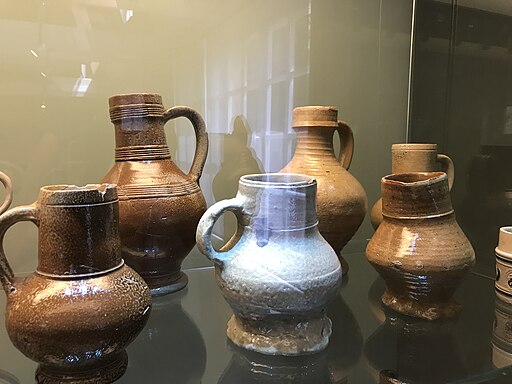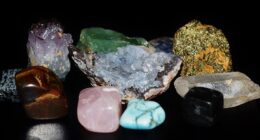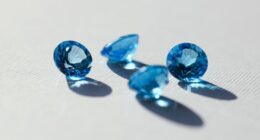Ceramic is a broad category, while stoneware is a specific type of ceramic known for its dense, durable, and often earth-toned properties.
TL;DR Stoneware Vs. Ceramic
Stoneware is made from a specific type of clay that is fired at a high temperature, resulting in a durable and dense product. It has a natural earthy appearance with subtle variations in color and texture. Stoneware is known for its excellent heat retention properties, making it ideal for baking dishes, mugs, and bowls.
Ceramic encompasses a broader category that includes various types of materials such as porcelain, earthenware, terracotta, etc. Ceramics are typically made from different clays mixed with other minerals or additives before being fired at lower temperatures compared to stoneware. This process allows for more flexibility in terms of shape and design possibilities.
Composition and Characteristics of Stoneware

Stoneware is a type of clay pottery that has been fired at high temperatures, typically between 1,200 to 1,400 degrees Celsius. It is known for its durability and strength, making it perfect for everyday use. The composition of stoneware includes a combination of different types of clay, such as ball clay and kaolin, along with other minerals like feldspar and silica.
One key characteristic of stoneware is its dense and non-porous nature. This means that it does not absorb water or liquids easily, making it ideal for holding food or beverages without worrying about stains or odors seeping into the material. Additionally, stoneware often has a smooth and glazed surface which adds to its aesthetic appeal.
Another noteworthy feature of stoneware is its ability to withstand high temperatures without cracking or breaking. This makes it suitable for oven-to-tableware purposes as you can safely bake your favorite dishes in the oven and then serve them directly on the table using the same piece.
Composition and Characteristics of Ceramic

Ceramic is a versatile material that has been used for centuries in various applications. It is made from a mixture of clay, minerals, and water, which are shaped and then fired at high temperatures to create a solid and durable product.
One of the defining characteristics of ceramic is its ability to withstand high temperatures. This makes it an ideal choice for cooking utensils such as pots, pans, and baking dishes. Ceramic cookware distributes heat evenly and retains it well, allowing food to cook thoroughly.
Another characteristic of ceramic is its resistance to corrosion and chemicals. This makes it suitable for use in laboratories or industrial settings where exposure to harsh substances is common.
Ceramic also has excellent electrical insulating properties, making it useful in the production of electronics components like capacitors and resistors.
Stoneware Vs. Ceramic – Key differences
| Aspect | Stoneware | Ceramic |
|---|---|---|
| Composition | Specific type of ceramic made from clay, fired at a high temperature. | Broad category encompassing various clay-based products, including stoneware. |
| Clay Type | Typically made from non-porous clay with specific properties, like kaolin. | Can be made from a range of clay types, each with its characteristics. |
| Firing Temperature | Fired at a high temperature (around 2,185°F or 1,195°C) to vitrify and become dense. | Fired at various temperatures, depending on the type and purpose (e.g., earthenware, porcelain). |
| Density | Dense and less porous, making it less susceptible to water absorption. | Porosity varies; some ceramics are less dense and more porous. |
| Glazing | Often glazed for a smoother, impermeable surface, enhancing durability. | May or may not be glazed, depending on the specific ceramic type and purpose. |
| Durability | Known for its durability, resistance to chipping, and suitability for everyday use. | Durability varies depending on the type of ceramic; some types may be less sturdy. |
| Color and Appearance | Often has earthy, muted tones, but can be glazed with various colors and patterns. | Wide range of colors and decorative options due to versatility in ceramic types. |
| Common Uses | Tableware, bakeware, and decorative items. | Includes stoneware but also encompasses pottery, porcelain, tiles, and more. |
| Heat Resistance | Good heat retention and resistance, suitable for baking and cooking. | Heat resistance varies by type; some ceramics are more heat-sensitive. |
| Cost | Generally more affordable compared to some high-end ceramics like porcelain. | Cost varies widely depending on the specific ceramic type and craftsmanship. |
Image Credits
Featured Image By – British Museum, Public domain, via Wikimedia Commons
Image 1 By – Jane023, CC BY-SA 4.0 , via Wikimedia Commons
Image 2 By – Libertad from Pixabay









